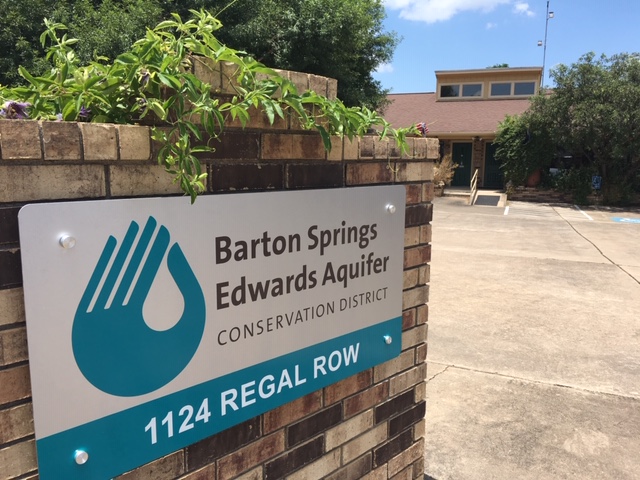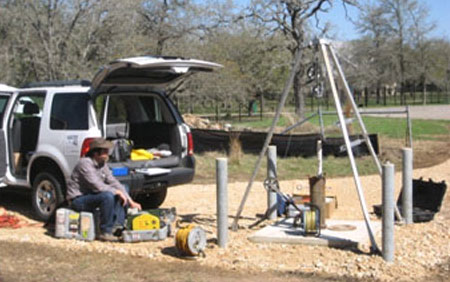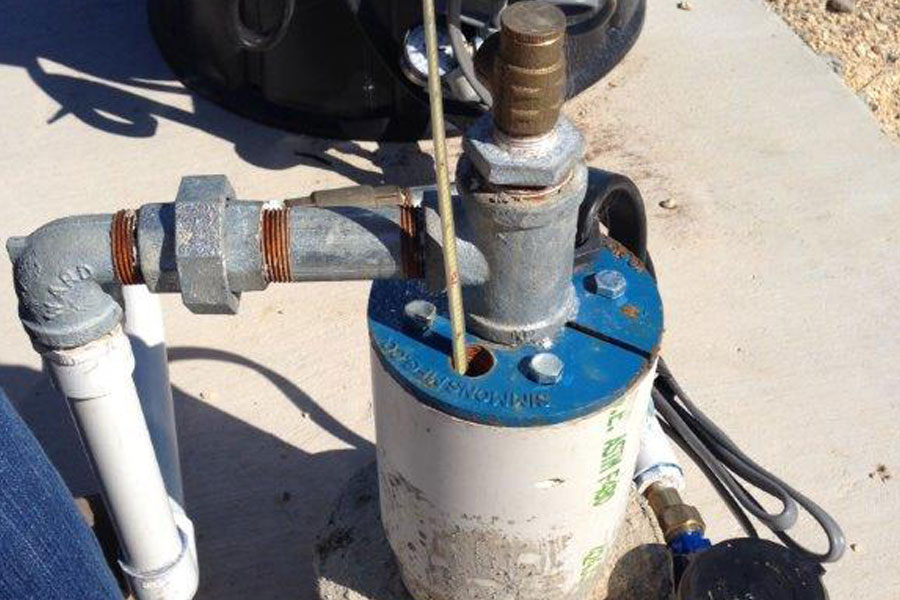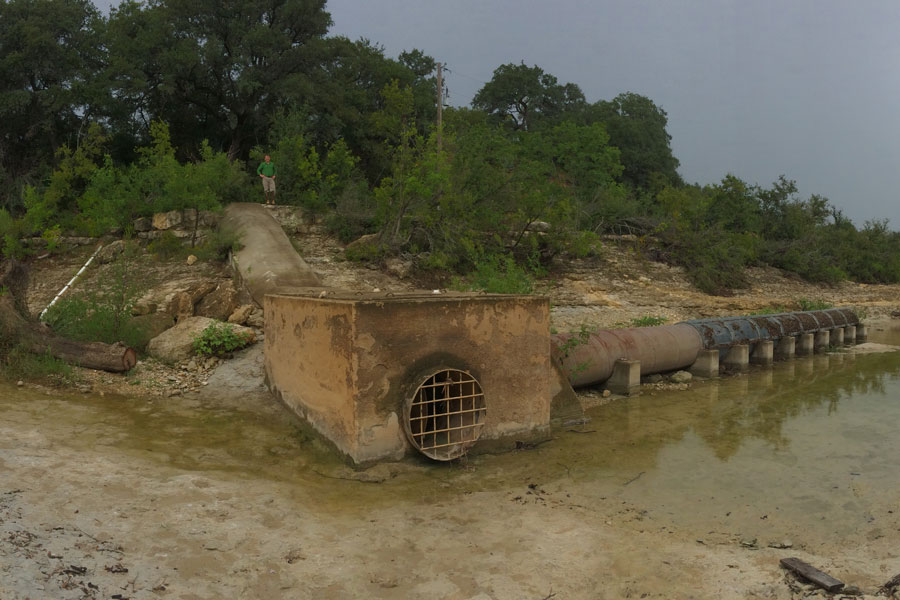Recharge and Water-Quality Controls for a Karst Aquifer in Central Texas
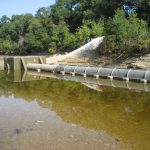
Topic: Water-Quality Studies
Source: Springer
Format: Paper
Year: 2017
The Edwards Aquifer is a prolific karst aquifer system in Central Texas that provides drinking water to about 2 million people. Because a significant portion of the water recharging the Barton Springs segment of the Edwards Aquifer enters the subsurface through caves and enlarged fractures in the bed of Onion Creek, the presence of nonpoint source pollution in storm water flowing in Onion Creek can have a direct impact on water quality in the Barton Springs segment of the Edwards Aquifer. To address this concern, the Barton Springs/Edwards Aquifer Conservation District constructed a concrete vault over the entrance to Antioch Cave in the bed of Onion Creek. This structure was designed to prevent entry into the cave of contaminated storm water by closure of two valves on the vault during storm events. When the storm water passes, the valves open and allow the cleaner baseflow water to enter the cave. Results of water-quality sampling at Antioch indicate that the system is capable of significant reduction of nonpoint source pollution entering the aquifer through Antioch Cave. Over a period in 2010 that included five storm events, approximately 1105 kg (2436 lbs) of nitrogen from nitrate/nitrite, 134 kg (295 lbs) of total phosphorus, and 86,385 kg (190,480 lbs) of sediment were prevented from entering Antioch Cave. This amount of sediment is equivalent to about eight dump-truck loads that are prevented from entering the aquifer.
The article can be purchased from Springer here.
